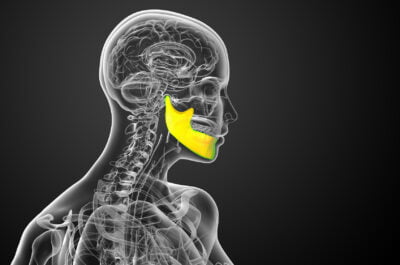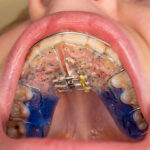 At the Yuba City Dentistry Group, we have years of experience using the very best methods of dental and orthodontic treatment to correct problems with the bite or alignment of teeth. Nonetheless, sometimes it simply isn’t possible to repair skeletal and dental irregularities non-surgically. In these cases, we may recommend corrective jaw surgery.
At the Yuba City Dentistry Group, we have years of experience using the very best methods of dental and orthodontic treatment to correct problems with the bite or alignment of teeth. Nonetheless, sometimes it simply isn’t possible to repair skeletal and dental irregularities non-surgically. In these cases, we may recommend corrective jaw surgery.
Whereas corrective jaw surgery can be an extensive and complex procedure, this isn’t always the case. Extracting impacted wisdom teeth (molars that are blocked by other teeth) and the placing of implants are examples of jaw surgeries that are performed as routine, in-office procedures.
Orthognathic surgery, however, is a surgical treatment used to straighten and/or realign the jaw, and to correct an underbite or birth defects related to jaw development. This type of jaw surgery may also be used in response to sleep apnea, a serious and potentially life-threatening condition.
Who Should Consider Jaw Surgery?
Corrective jaw surgery is often used to treat the following conditions:
- Difficulty chewing or biting food
- Difficulty swallowing
- Chronic pain in the jaw or jaw joint (TMJ), or severe headaches related to jaw irregularities
- Excessive wear of teeth
- Open bite (space between upper and lower teeth when closed)
- Abnormal facial appearance, possibly due to injury
- Birth defects
- Receding chin or lower jaw
- Protruding jaw
- Chronic breathing through the mouth
- Sleep apnea
If you suffer from one of these problems, we will begin treatment with orthodontic methods. If this does not solve the problem, your dentist, orthodontist, and an oral surgeon will work together to determine if you would benefit from orthognathic surgery. If so, orthodontic appliances (such as braces and retainers) will most likely be used for several months before and after surgery to aid in achieving an effective and aesthetically pleasing result.
Your dental team will next create an extensive step-by-step plan using diagnostic images, 3-D models and advanced computer software. Most often a patient can even see a picture of what they will look like post-surgery.
The Procedure
Orthognathic surgery is usually performed in a hospital with the aid of anesthesia. The patient can generally expect to be admitted and released on the same day. Your surgeon will make cuts in the jawbones, then move them into the proper position. Once aligned, small screws and plates secure the bones into their new position. Since the surgery is performed entirely inside of the mouth, there is typically no facial scarring. Following the procedure, minor pain and swelling is managed by over-the-counter or prescription pain medication.
You may be prescribed a soft or liquid diet for a limited time following surgery. Although patients’ circumstances vary, even those with the most complex surgical scenarios are able to return to work or school within 10 days of the procedure. Your dental team will continue to monitor you closely, through each stage of treatment.
Jaw surgery can be a daunting procedure to many, but the benefits are significant. When complete, you will enjoy a better functioning mouth and an improved appearance. If you have any further questions regarding the need for jaw surgery or would like to discuss your personal case, don’t hesitate to schedule a visit to our office.


